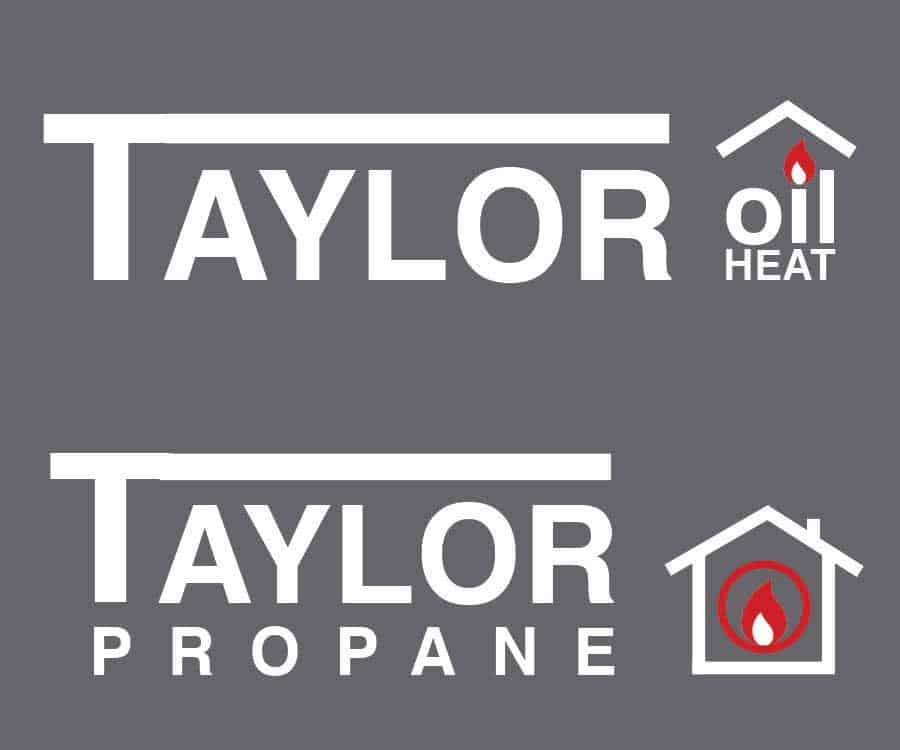Real Estate

Porches are popular: Real estate on the front porch
Above: Grassland Dessert Café in Lakeville, CT, renovated the former enclosed porch of a vacant Chinese restaurant to provide extra outdoor seating for enjoying an ice cream cone. Photo by Christine Bates.
Maybe it started during COVID, when it seemed safer to see friends outside and have groceries delivered, or maybe it was the increasing square-foot price of new construction, but porches have become more popular than ever. According to the National Association of Home Builders, 67.5% of new homes include porches, an all-time national high, including 72% of new builds in New England despite the weather.
Front porches can completely change the look and feel of a home and add curb appeal as well as function. As people want to spend more time outside, porches are becoming larger, with additional features like propane heaters, automatic solar screens, fireplaces, electric fans, and even waterproof televisions and sound systems replacing the solitary porch swing. Porches are even the focus of this year’s US Pavilion Exhibition at the 19th International Venice Architecture Biennale.

A renovation by James Crisp of this turn of-the-century home added “lots” of porches. Photo courtesy of Crisp Architects.
Porch pros and cons
Porches add accessible outdoor space, make a home seem more inviting, and add resale value. Some realtors say they are the third most important selling feature, after the kitchen and primary bedroom.
Porches offer weather protection and a place to meet guests or just enjoy life. The photographer Paul Strand carefully studied shadows on his Connecticut porch and Charlie Mingus played his bass all day long on his Los Angeles porch.
Southern-facing porches can reduce summer time utility bills by deflecting direct sun. In commercial settings, a wide porch can add valuable space for extra tables and chairs and a place for people to bring their dog or to smoke. 78% of Millennials say that a front porch is either essential or desirable. You can be outside in nature without leaving home.
There are also drawbacks. Porch roofs darken interior first floor rooms and also limit views. While cooling in the summer, in the winter the warming effect of passive solar on windows is lost. Maintenance and repairs to floors, railings, and spindles exposed to weather is ongoing. They can also become unsightly outdoor closets if occupants add old, upholstered couches or piles of items for the next yard sale.
Should you add a porch?
In our tri-corner region, porches, defined as open roofed structures attached to a building, became common in the nineteenth century with its romantic interest in landscape as Victorian revival architecture replaced the austere facades of Federal and colonial buildings.

This large Victorian with a wide front porch at 56 Sharon Road is listed for sale at $1,995,000. Photo by Anne Day courtesy of Elyse Harney Real Estate.
Look at the porches on Franklin Avenue in Millbrook, NY, in contrast to the stately pre-revolutionary homes in Salisbury and Sharon, CT. Or enjoy the dramatic views of the Hudson River from the porches of painter Frederic Church’s Olana.
Millbrook architect James “Jimmy” Crisp, who is the author of On the Porch, is an expert on porch design on new builds and renovations. “My family and I eat on our porch almost every night from early spring to late fall. I added a porch to my own house that includes a dining table, sofa, chairs, coffee table, and a porch swing.”
Asked if architects were necessary for porch design, Crisp, not surprisingly, said, “A porch includes structure, and most building departments require stamped plans for any addition that includes structural changes. An architect can design a porch that fits your home and adds value to your property.” Crisp observed that a useful porch should be at least nine feet wide.
Millerton architect Anthony Grammenopoulos pointed out that existing porches can be repurposed and made into sun rooms or, in the case of a large wraparound porch in Lakeville, CT, a portion was converted into a first-floor bedroom and bath with easy access to the porch and the kitchen and ample room left for entertaining al fresco.
Grammenopoulos designed solar-powered roller screens to protect against bugs in the summer, reduce electricity costs by adding shade, and keep snow away from the house. As usual the subject of bears comes up: “Screens are no deterrent to bears. If there’s honey or fish on a table beware! A neighbor friend left some fish on her porch while she went into the kitchen to fetch something else. By the time she came, back the screens were ripped apart, and the fish was in the bear’s belly.”

Contemporary porches, like this one with a magnificent view, provide shelter without columns. Photo by Christine Bates.
Does a porch add value?
Assessors in New York and Connecticut always include the square footage of outdoor space, whether patio, deck or porch, in their appraisal calculations although how much value they assign to these outdoor additions is not clear. A gracious porch adds value while a cluttered, rotted porch with a sagging roof, especially one facing a busy road, does not.
Estimates are that an average homeowner would spend around $15,000 to add a 200 square-foot porch to their house, with larger ones costing as much as $50,000. Research shows that the return on investment is about 84% on an average porch addition – one of the higher returns on a home improvement project. The cost is dependent on size, complexity, and materials. This return on investment calculation is less precise than the value of adding a bedroom or redoing a bathroom and depends, in part, on the popularity of porches in the surrounding neighborhood. What is the market standard, and does a porch fit the style of your home? A porch is a significant investment, and the project could take months depending on contractors and permits.
Remember that a front porch creates a first impression and suggests the quality of the home’s interior, much more than landscaping or even the front door. Porches should be decluttered and staged to appeal to buyers with appropriate accents like plants, outdoor furniture, etc. Most importantly, consider how much you will enjoy the front porch while you still live in the home.

The porches of Olana, the home designed by Hudson River painter Frederic Church for himself, look out over the Hudson River. Photo by Charlotte Greenough.
What do realtors and buyers say?
“Porches are such a big part of the charm in Northwest Connecticut – they are more than just an exterior feature,” says Elyse Harney Morris of Elyse Harney Realty. “Whether it’s a classic wrap-around Victorian or a smaller portico, they create this perfect transition between indoors and out. I’ve seen many homeowners add porches over the years, and it always transforms the feel of the home. A good porch becomes a natural extension of your living space – you’re outside, but still very much at home. It’s where morning tea or coffee, evening chats, and neighborhood hellos all happen. That blend of function and lifestyle is what makes them so special here.”
New York architect Laurie Kerr, who owns a Dutch Colonial revival home in Millerton, NY, said that the expansive front porch is definitely was a selling feature. “Since it’s south facing, it keeps the downstairs shaded and cool all summer. And we love sitting in the gazebo-like end of it and eating and entertaining there.”

With easy access to the kitchen and first floor bedroom, this repurposed porch in Lakeville is all season with solar-powered roll-down screens to protect against insects in the summer and snow in the winter. Photo by Christine Bates.
When she built a new home on her property to take advantage of the view, Jennifer Dowley added a contemporary porch to her home. “While not a classic porch, this covered terrace serves the same function: an extension of the house that is perfect for sitting outdoors for meals or just closer to the breezes that blow over the meadow. It’s also a wonderful place to be when it rains.”




